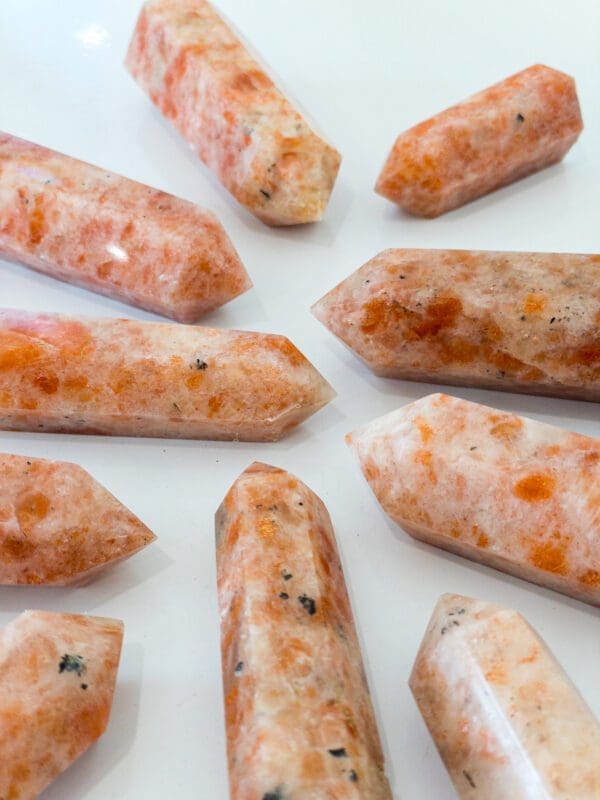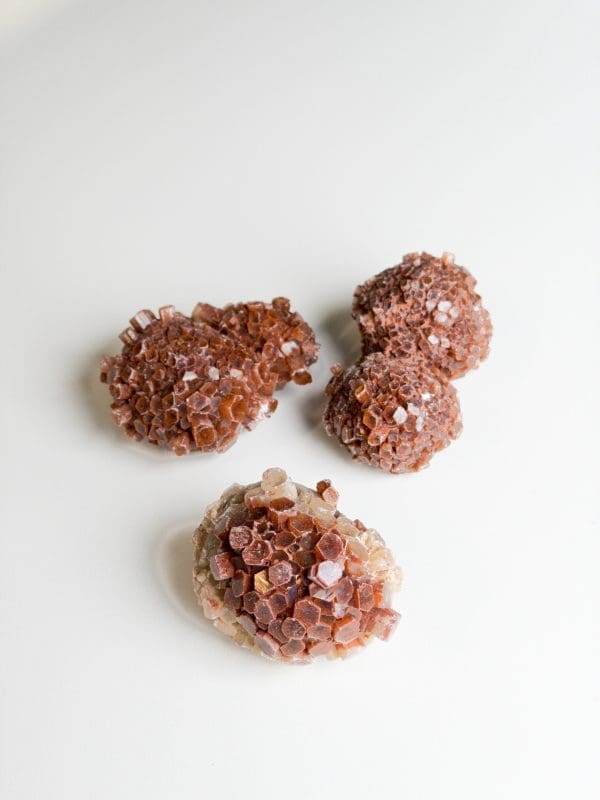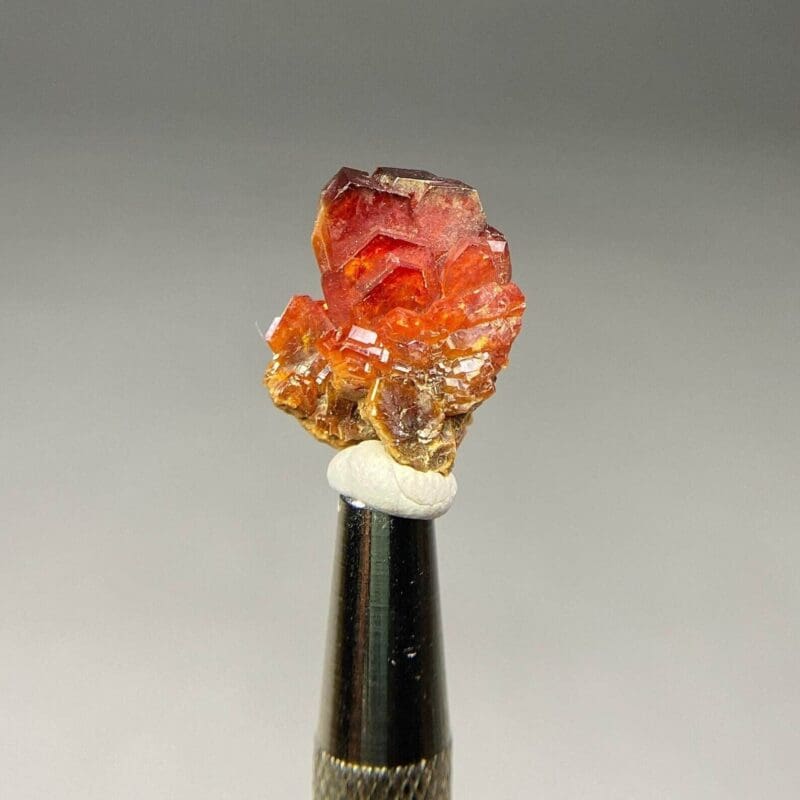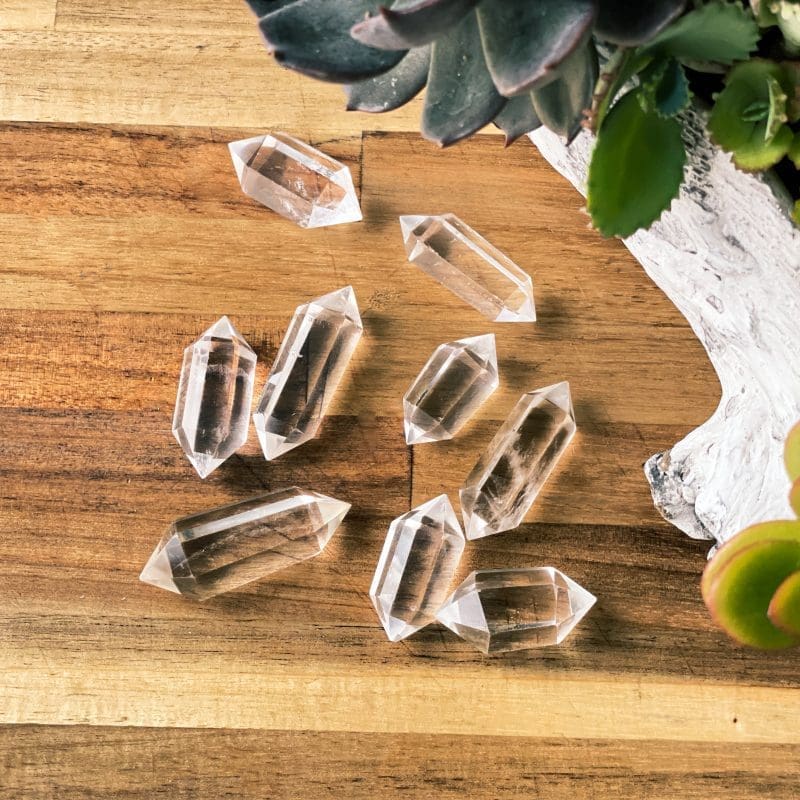Sunstone is a beautiful and captivating gemstone that has long been prized for its shimmering, fiery orange hues. But beyond its ornamental value, sunstone is also a fascinating mineral with a complex and interesting geological history. In this blog post, we will explore the geological origins and characteristics of sunstone, delving into its mineralogy, occurrence in nature, and other interesting aspects of this unique gemstone.
Sunstone is a variety of feldspar, a group of silicate minerals that are common in many types of rocks. It is specifically a variety of plagioclase feldspar, which is characterized by its triclinic crystal structure and dual-colored appearance. Sunstone is known for its shimmering effect, which is caused by the presence of tiny flakes of copper or hematite within the crystal. This shimmering effect is known as “aventurescence,” and it gives sunstone its distinctive, fiery orange hue.
Sunstone is found in a variety of locations around the world, but some of the most well-known deposits are found in Oregon, USA. In Oregon, sunstone is mined from a type of rock called basalt, which is formed from cooled lava. The sunstone crystals are found within the basalt, and they are often accompanied by other minerals such as mica and quartz.
Sunstone is a durable and hardy gemstone, with a hardness of 6-6.5 on the Mohs scale. It is resistant to scratching and wear, which makes it a popular choice for use in jewelry. In addition to its ornamental value, sunstone is also prized for its healing properties and has been used in various traditional medicine practices. Some people believe that sunstone has the ability to stimulate the chakras and bring a sense of abundance and prosperity.
Sunstone is found in a variety of colors, ranging from pale orange to deep red. The color of sunstone is determined by the presence of impurities within the crystal. For example, sunstone with a deep red color may contain higher levels of iron oxide, while pale orange sunstone may contain lower levels of impurities.
In addition to its beauty and practical uses, sunstone has also been the subject of various myths and legends throughout history. In some ancient cultures, sunstone was believed to have the power to bring good luck and prosperity to those who possessed it. In others, it was believed to have the ability to protect travelers from harm and bring them safely home.
Despite its many fascinating characteristics, sunstone is still a relatively unknown gemstone compared to more popular varieties such as diamonds or emeralds. However, its unique beauty and intriguing geological history make it a mineral that is well worth exploring and learning more about. Whether you’re a geology enthusiast or just appreciate the beauty of gemstones, sunstone is a mineral that is sure to captivate and inspire.





